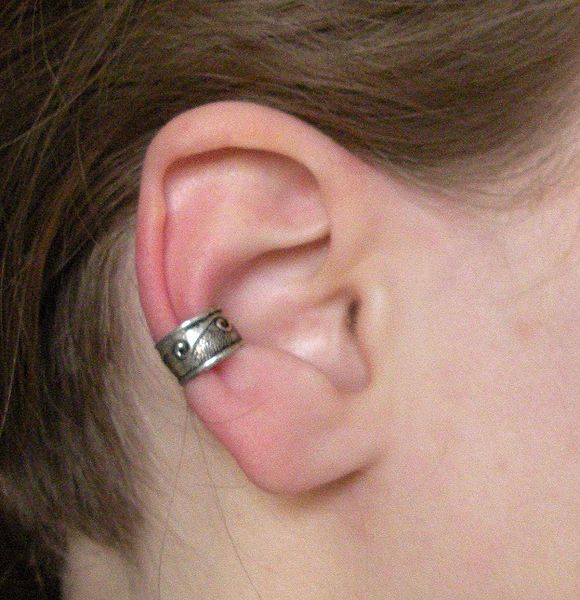Nickel dermatitis is one form of allergic contact dermatitis. The main cause of this dermatitis is allergy to nickel.
Nickel is a silver and metallic element that is widely used in jewels and other commercial objects. It is often added to other metals like gold to make it more durable. Other commercial objects like eyeglass and kitchen utensils also uses nickel.
Nickel is normally a harmless substance but nickel allergy happens when the body’s immune system develops an unusual reaction to this seemingly harmless substance. An individual who have increase sensitivity to nickel may develop nickel dermatitis after prolonged exposure and direct contact to the material surface that contain nickel.
If a person wears a necklace or ring with nickel, perspiration may develop between the skin and the object that may result to nickel salts. A person not allergic to nickel may not have any skin reaction but those who have sensitivity to nickel, they may develop rash and itchiness.
It is not clear why there are people who have sensitivity to nickel but studies show genetic may play an important role in nickel allergy.
What are the symptoms of nickel dermatitis?
Symptoms of nickel dermatitis may begin to appear within 24 to 48 hours of exposure to nickel. Some symptoms of nickel dermatitis may include:
- Rashes
- Affected skin becomes red
- Blisters
- Itchiness
- Bumps
- Dry patches
The general symptoms may appear in the area where there was contact with nickel, however, they can also appear in any other part of the body as well. The symptoms of nickel dermatitis may last from couple of days to two weeks.
What are the causes of nickel dermatitis?
Nickel dermatitis happens because of allergy to nickel. Normally, the immune system protect the body from harmful objects, in the case of nickel allergy, the body mistakenly reacts to harmless substance like nickel. Once the body develops sensitivity to nickel, your body will always respond every time you have direct contact with the materials that have nickel thus leading to nickel dermatitis on the long run.
Nickel allergy often starts upon the first exposure while other individuals develop nickel dermatitis after prolonged exposure to objects with nickel. A highly sensitive person with nickel may always have immune reaction for every exposure to objects with nickel.
The exact reason for nickel allergy is not clear. However, genetic factors may be one of the reasons.
In order to avoid nickel dermatitis, a highly sensitive person should avoid things that may have nickel element. Some of common objects that may have nickel may include:
- Jewelries like rings, necklace and earrings
- Watches
- Clothes zippers
- Eyeglass
- Kitchen utensils
- Coins
- House keys
- Cell phones
- Batteries
- Artificial body parts
What is the risk factors affecting nickel dermatitis?
Some risk factors for nickel dermatitis may include:
- Women are more at risk of developing nickel dermatitis than men because women are more accustomed to wear jewelries than their male counterparts.
- You are more susceptible to have nickel dermatitis if one relative also have nickel allergy.
- Prolonged exposure to nickel and other metals are more at risk than the others. Those who work in the metal industry have a higher rate in developing nickel dermatitis than those who does not work in environment that do not have nickel.
- Those who have multiple body piercings are also highly susceptible to nickel dermatitis.
What are the treatments for nickel dermatitis?
There is no exact cure for nickel allergy. Once a person develop nickel allergy, nickel dermatitis may come after each exposure to nickel.
Your doctor may recommend some treatments to relief the symptoms of nickel dermatitis. Some treatments for nickel dermatitis may include:
1. Oral medication
 Oral medication is given to soothe the itchiness related to nickel dermatitis. This can also reduce the redness and bumps that appears in the affected area.
Oral medication is given to soothe the itchiness related to nickel dermatitis. This can also reduce the redness and bumps that appears in the affected area.
2. Corticosteroid creams
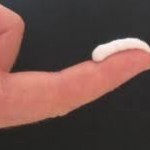 Creams are given to reduce the red patches and blisters. Creams are applied in the affected area for a couple of days to see best results. However, avoid using this for long since avoid possible risks.
Creams are given to reduce the red patches and blisters. Creams are applied in the affected area for a couple of days to see best results. However, avoid using this for long since avoid possible risks.
3. Soothing Lotions
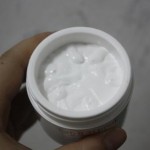 Avoid scratching the affected area to avoid infection. Use soothing lotions to lessen the itchiness.
Avoid scratching the affected area to avoid infection. Use soothing lotions to lessen the itchiness.
4. Cold compress
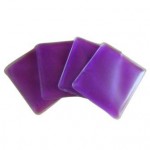 Wet compress may also be placed in the infected area to lessen the itchiness.
Wet compress may also be placed in the infected area to lessen the itchiness.
5. Use hypoallergenic jewelries
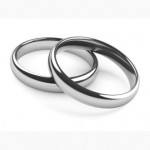 If you are highly sensitive to nickel, it is recommended that you only use hypoallergenic jewelries. This may lessen your chance of developing symptoms of nickel dermatitis.
If you are highly sensitive to nickel, it is recommended that you only use hypoallergenic jewelries. This may lessen your chance of developing symptoms of nickel dermatitis.
Nickel is a common element found in any commercial products. It is normally safe but those who have developed sensitivity to nickel, it is recommended that you talk to your doctor to help you manage your condition.
